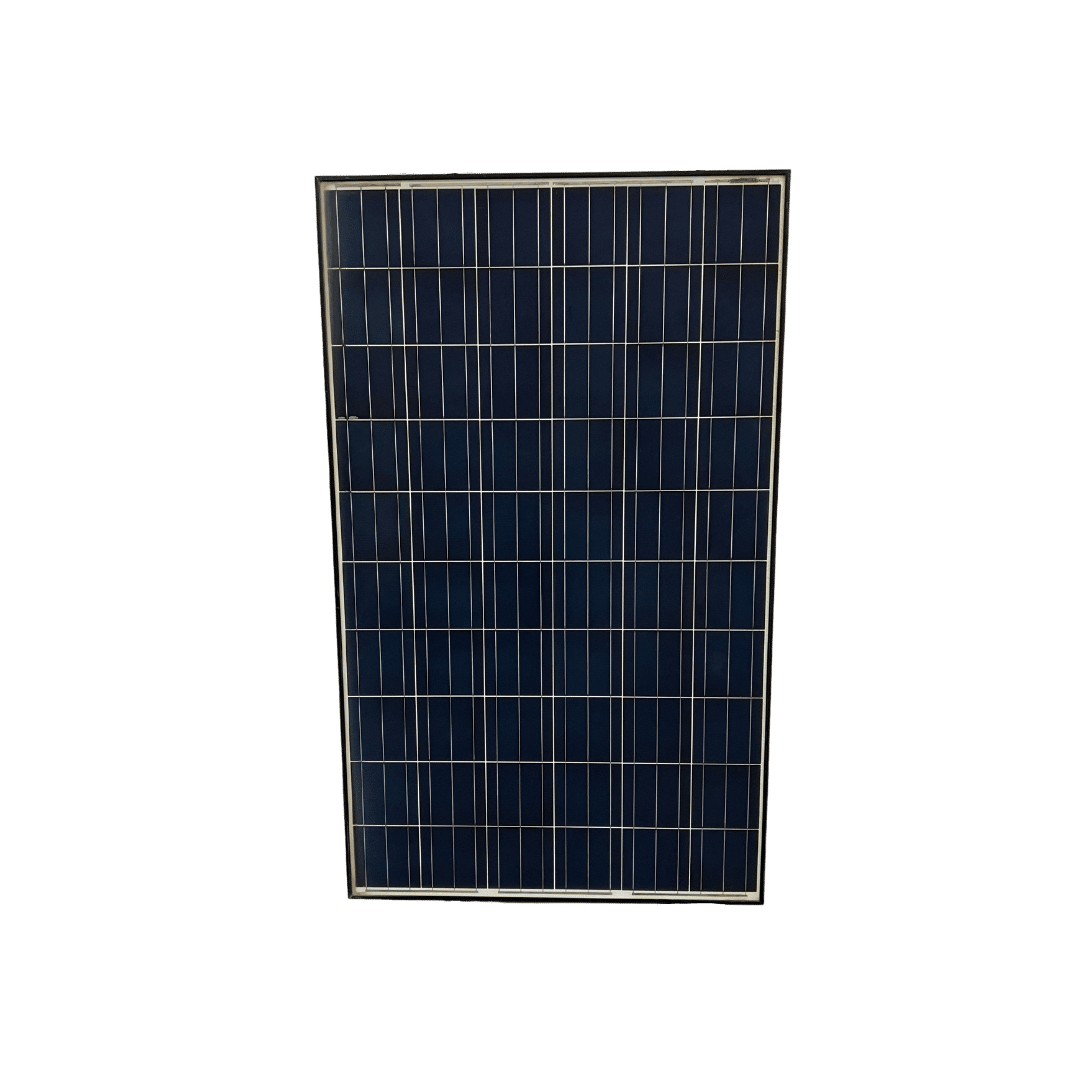I tried searching and maybe I am not using the right terms.
I am currently designing a solar system to go off grid but still able to use about 66kw a day with battery backup. I live in south Georgia and during the lowest solar days in Jan numbers show an average of about 3 hrs a day. This brought me to sizing a 30 KW system and leaning towards 6 inverters in parallel. Reason for 6 instead of larger inverter is redundancy and if 1 inverter goes down or string issues I can balance the loads and still have a large chunk of power available. This is to power a house and large shop and trying to future proof as best as possible. Currently during the summer with 3 AC systems running and machines/house I am at about a 52KW average on the highest load days.
When sizing the inverters and running initial math for my panels/strings I am showing that I should only run 7 (710W) panels per MPPT for when it gets cold to prevent over voltage. This is using all time low temp (3 f) that was set in 1985, its south Georgia, we sweat on christmas day.... That being said with the average temp during the summer my numbers show I can run up to 8 Panels or 9 panels with a surface solar temp of 145ish. This means from winter protection to summer heat I am potentially leaving 4.2 KW - 8.5 KW per hour on the table during the summer when I need the most production.
So my question concerning this is, is there a surface temp based disconnect/bypass relay for solar panels. This does not seem like it would be a very hard build with the current relays and ICs in the market. I would think the approach would not be to disconnect when the temps got too low, rather connect when the surface temp got hot, or even just monitoring the voltage point at the last 1/2 panels in the string and connecting/bypassing them from the string as needed.....
Or am I over thinking this?
I am currently designing a solar system to go off grid but still able to use about 66kw a day with battery backup. I live in south Georgia and during the lowest solar days in Jan numbers show an average of about 3 hrs a day. This brought me to sizing a 30 KW system and leaning towards 6 inverters in parallel. Reason for 6 instead of larger inverter is redundancy and if 1 inverter goes down or string issues I can balance the loads and still have a large chunk of power available. This is to power a house and large shop and trying to future proof as best as possible. Currently during the summer with 3 AC systems running and machines/house I am at about a 52KW average on the highest load days.
When sizing the inverters and running initial math for my panels/strings I am showing that I should only run 7 (710W) panels per MPPT for when it gets cold to prevent over voltage. This is using all time low temp (3 f) that was set in 1985, its south Georgia, we sweat on christmas day.... That being said with the average temp during the summer my numbers show I can run up to 8 Panels or 9 panels with a surface solar temp of 145ish. This means from winter protection to summer heat I am potentially leaving 4.2 KW - 8.5 KW per hour on the table during the summer when I need the most production.
So my question concerning this is, is there a surface temp based disconnect/bypass relay for solar panels. This does not seem like it would be a very hard build with the current relays and ICs in the market. I would think the approach would not be to disconnect when the temps got too low, rather connect when the surface temp got hot, or even just monitoring the voltage point at the last 1/2 panels in the string and connecting/bypassing them from the string as needed.....
Or am I over thinking this?



